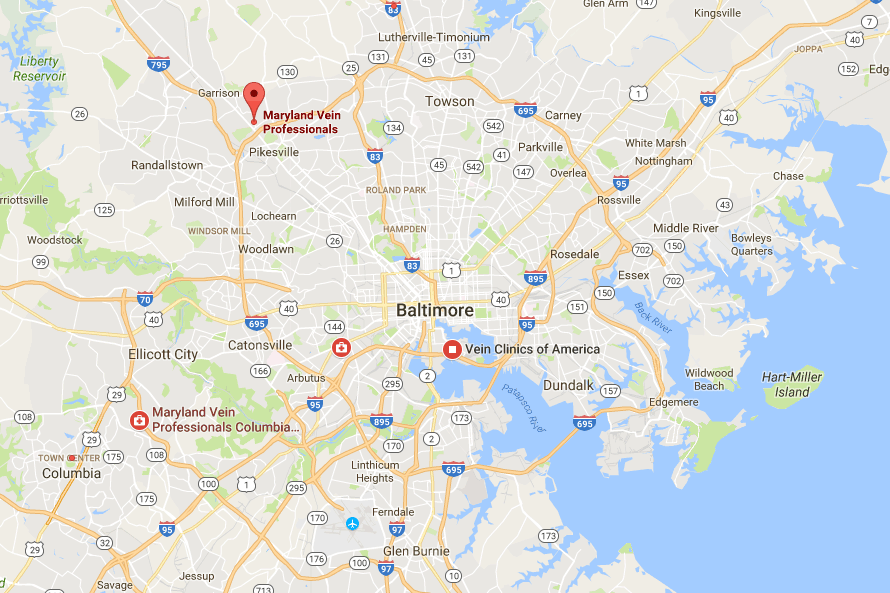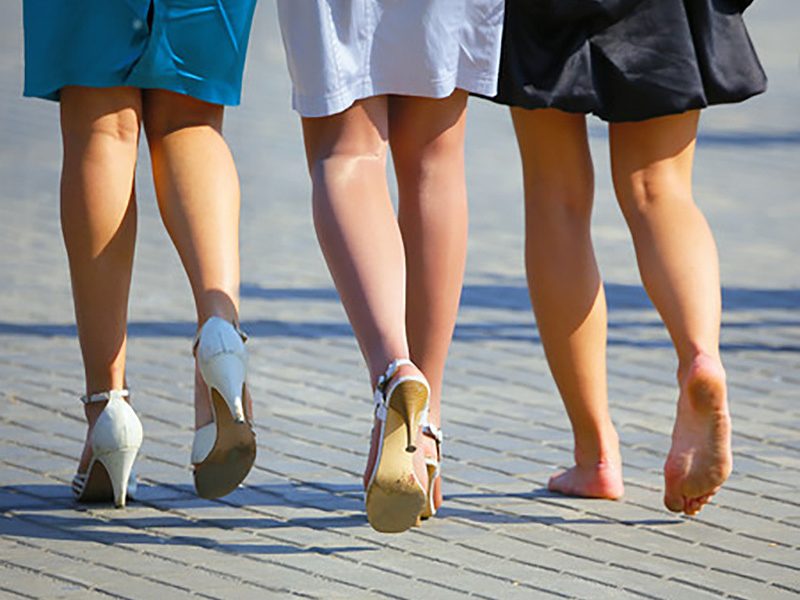Sponsored Content
Most of us only think that women our grandmother’s age can get embarrassing varicose veins or unsightly spider veins.
In fact, a vascular surgeon in Thousand Oaks, California thinks otherwise. “It’s a myth that only elderly women get spider veins; nearly everyone gets them at some point in their lives,” says Alan Mintz, MD. He adds, “It’s quite common to see women in their 30s, 20s, and even teens with a few.” Dr. Jonathan Calure of Maryland Vein Professionals adds, “Some women notice the first spider veins in their teens.”
Women who workout vigorously or stand for long periods of time are also at an increased risk says Eugene Elliot, MD, a plastic surgeon at Orange Coast Memorial Medical Center in Fountain Valley, CA. “Anything that puts stress on your vascular system can cause spider veins, as the extra pressure inside your veins can cause them to bulge and expand,” he explains.
Maryland Vein Professionals knows that another major factor that people tend to overlook that causes venous insufficiency (vein disease) is genetics. If one or both of your parents have varicose veins, there is little that can be done to prevent them from forming on your legs.
However, taking some simple precautions can help you reduce their appearance and lower your risk of developing spider veins or varicose veins. Keeping good circulation in your legs, and resting your legs if you have been standing for a long period of time will also help to minimize the pressure on your veins.
So if you have blue-red spider veins or if you have aching, bulging varicose veins, call Maryland Vein Professionals about their quick, in-office procedures. Sclerotherapy can virtually eliminate your spider veins; some smaller, thread-like spider veins may be cleared with laser therapy or the Vein Gogh treatment; while the Venefit™ Procedure can effectively treat your varicose veins.
To make an appointment with one of their five board certified surgeons, call 1-877-303-VEIN (8346) or visit mdveinprofessionals.com.


